A consortium made up of European research institutions and industrial partners is developing mobile, autonomously operating robots
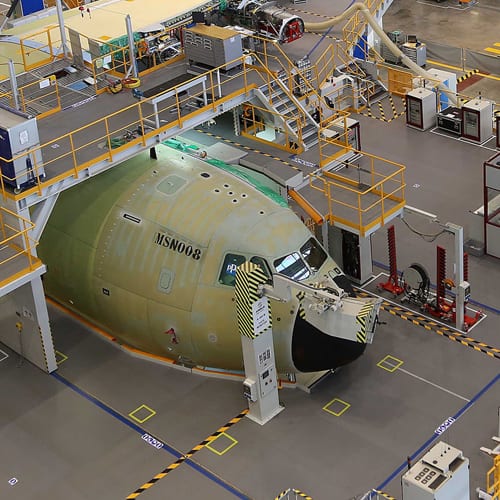

A consortium made up of European research institutions and industrial partners is developing mobile, autonomously operating robots
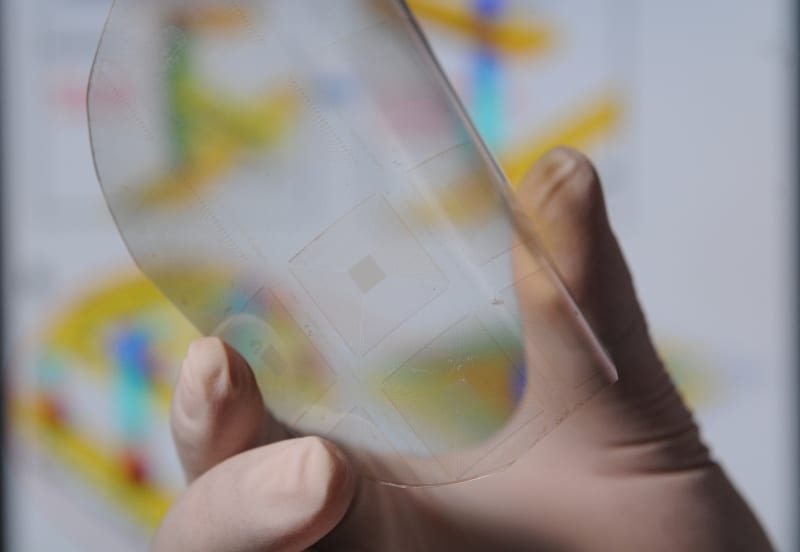
Researchers have fabricated arrays of piezotronic transistors capable of converting mechanical motion directly into electronic controlling signals.
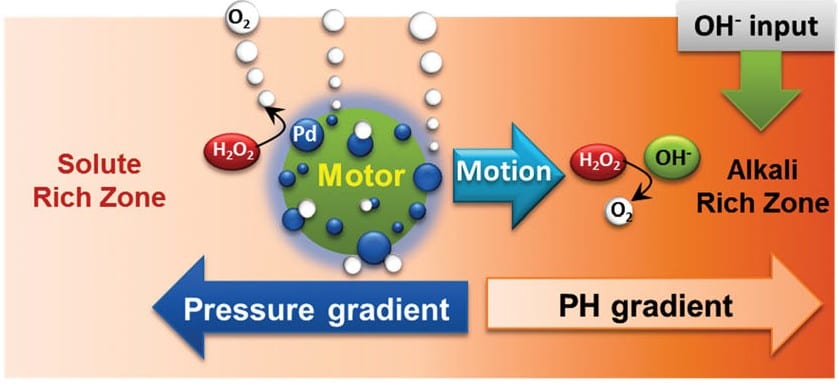
Scientists have developed autonomous catalytic microrobots that swim towards a specified target with a speed of 20 body length per second.

Soft robotic tentacles that can be manipulated using pressurization have been developed by the Whitesides group at Harvard.
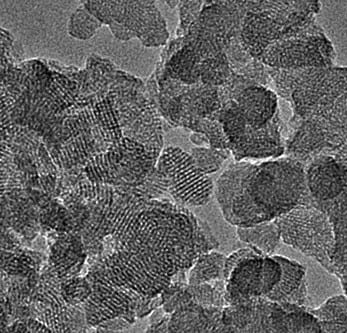
Robotic synthesis rapid screening and characterisation techniques used to development new materials for MRI.
University of Wollogong researchers have printed materials which can actuate and strain gauge.

Elastomer-based skin has been developed for biomimetic artificial fingertip sensors.
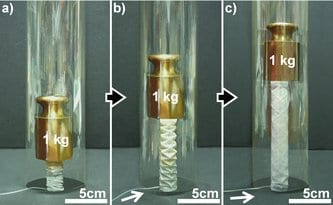
Researchers have developed inexpensive robots that can stretch, bend and twist under control, and lift objects 120 times their own weight.

Edible electronics from non-toxic materials enable complex ingestible devices for healthcare and food monitoring.

Engineers have developed tactile sensors with increased sensitivity, thanks to auxetic mechanical metamaterials.